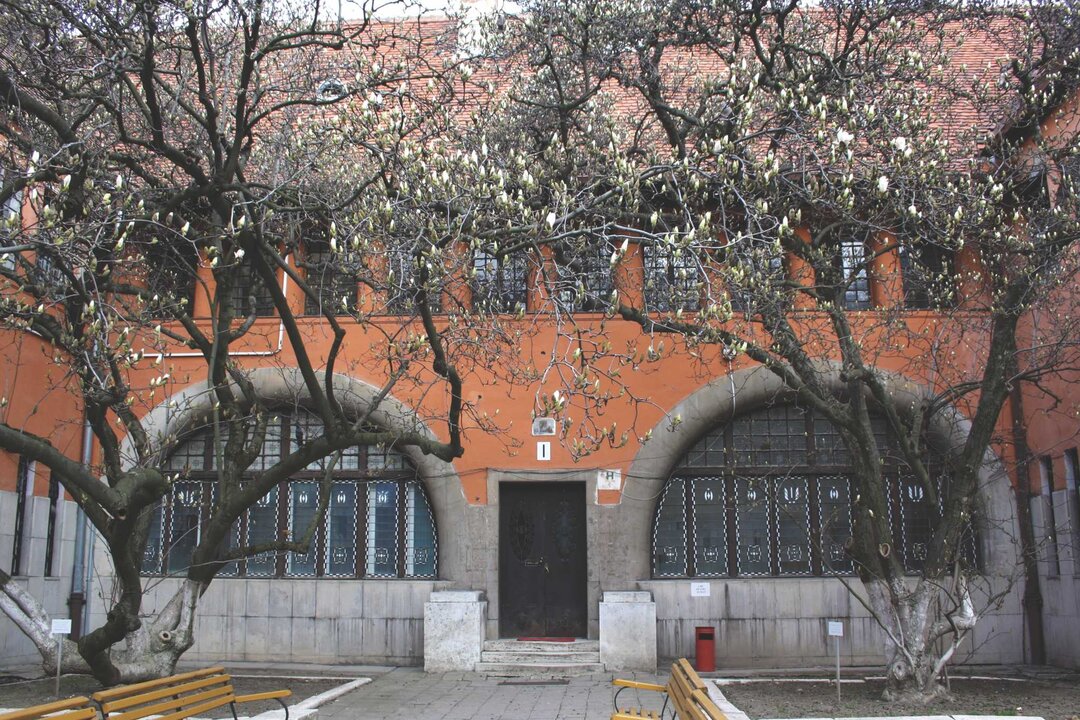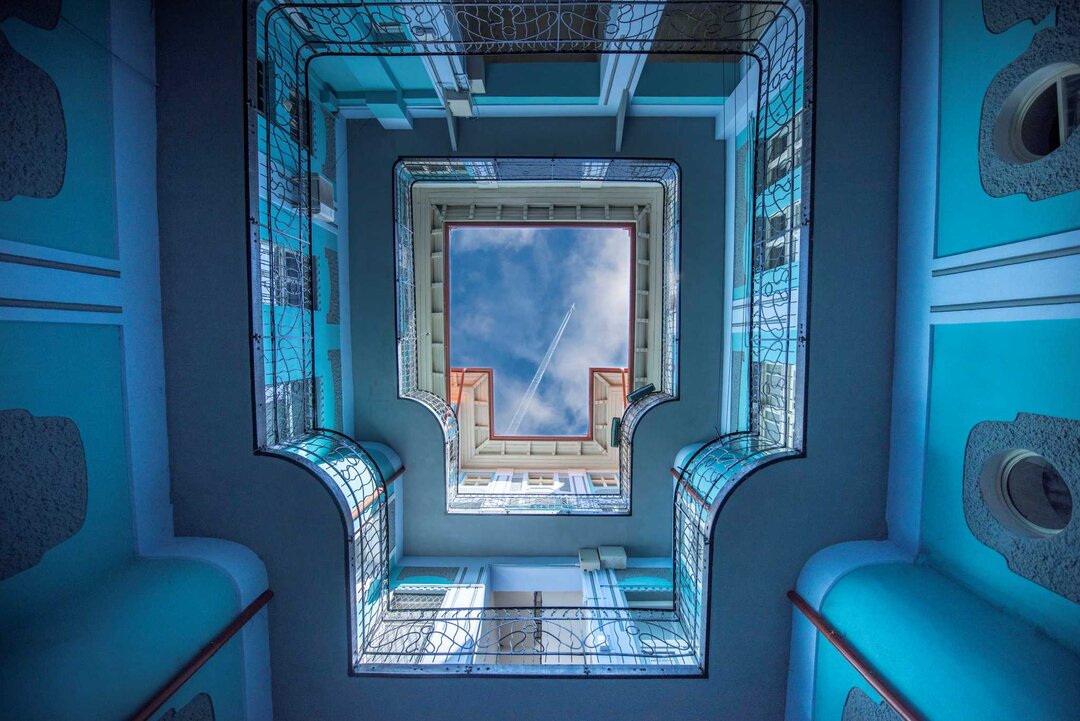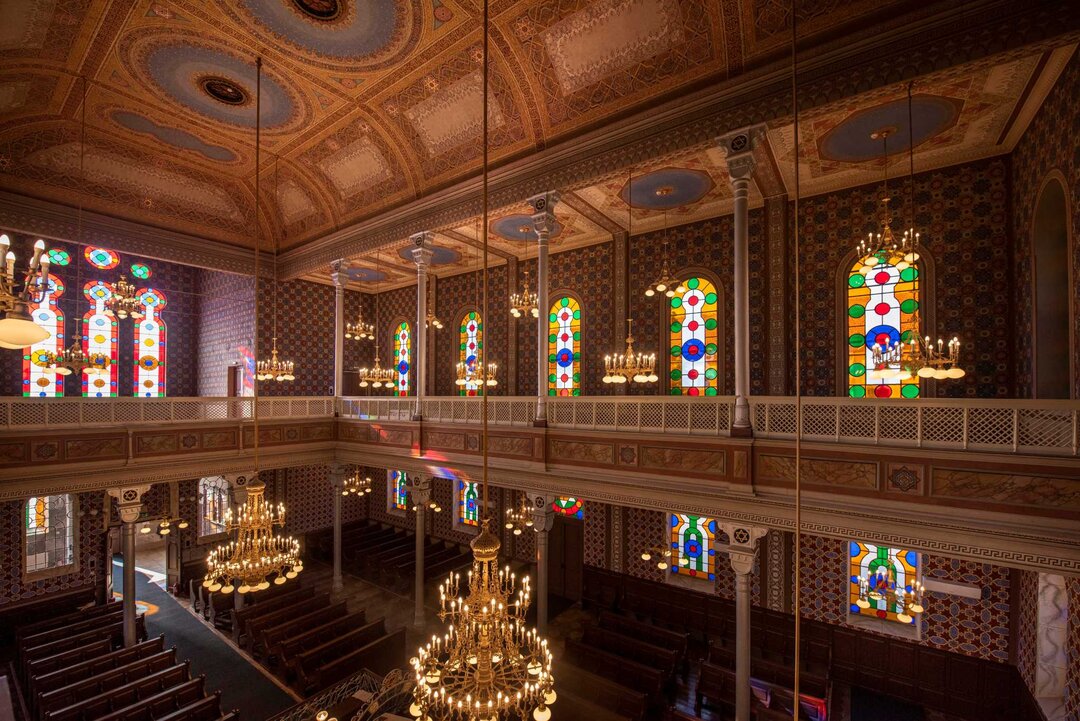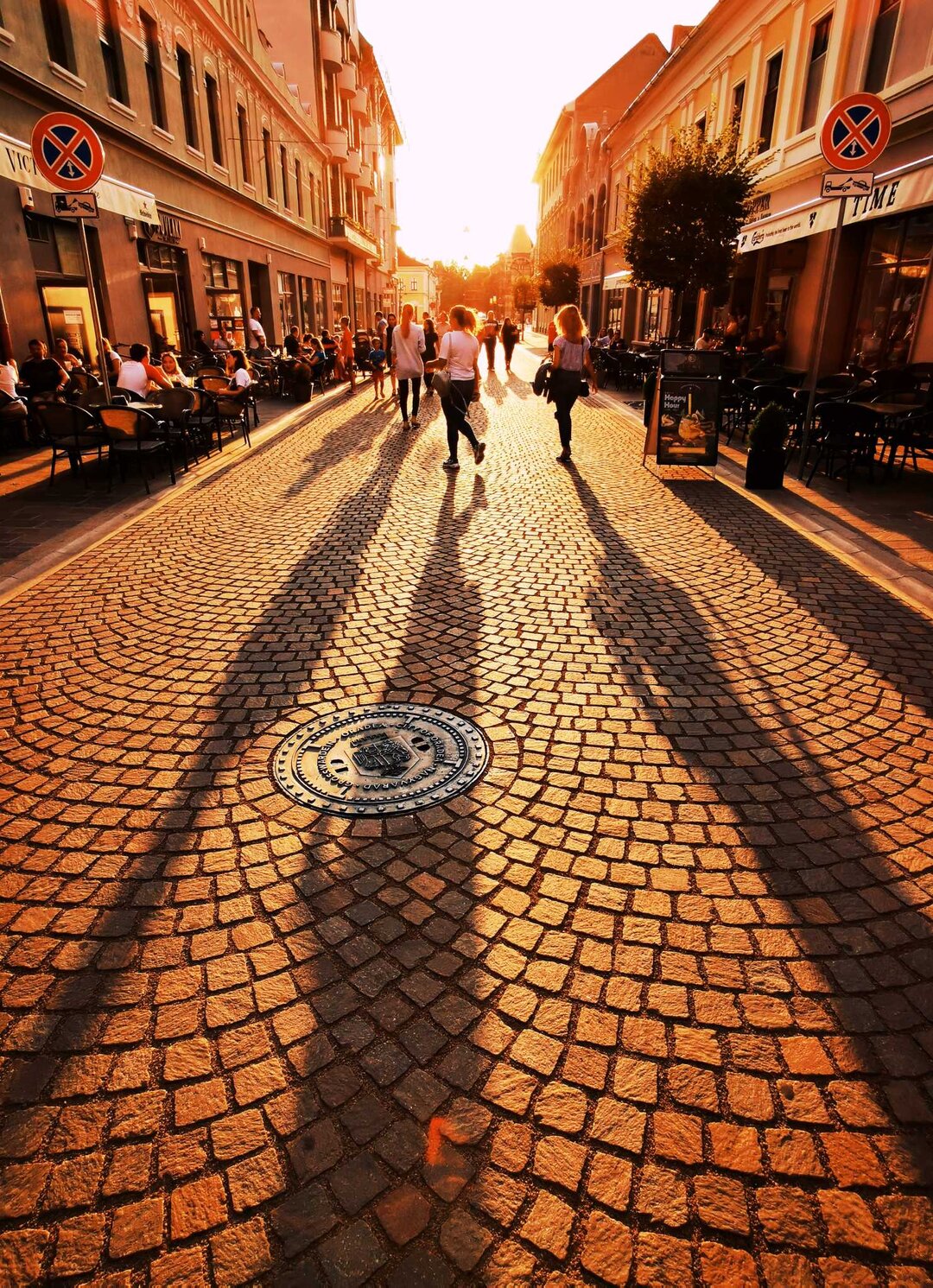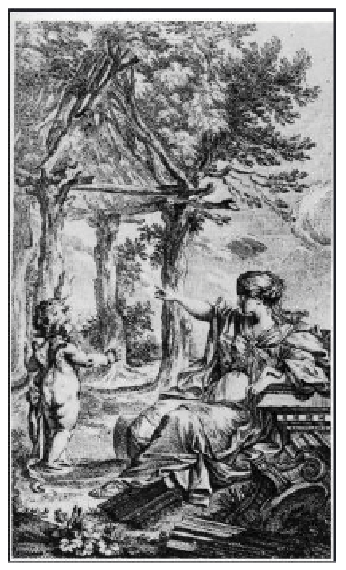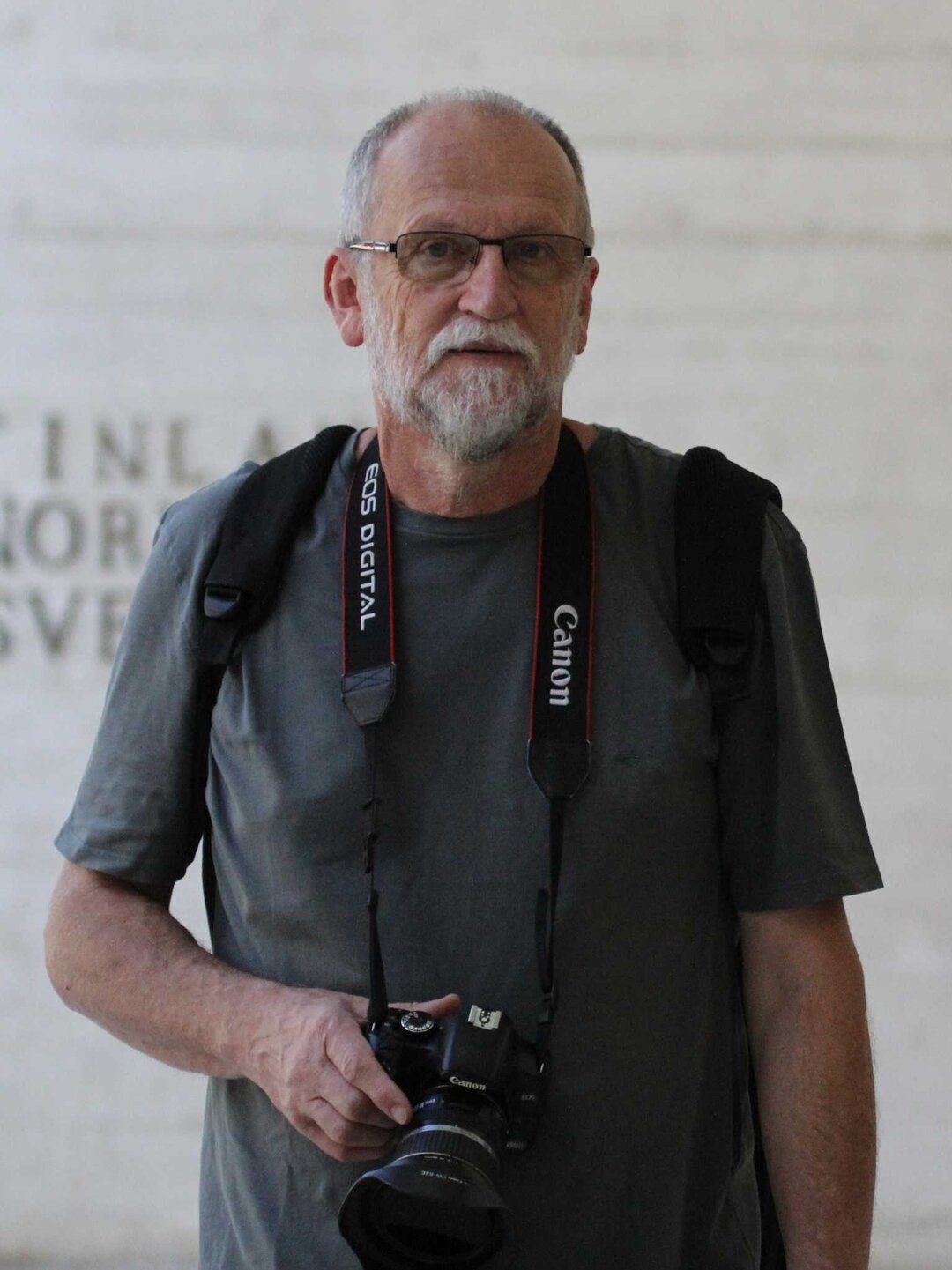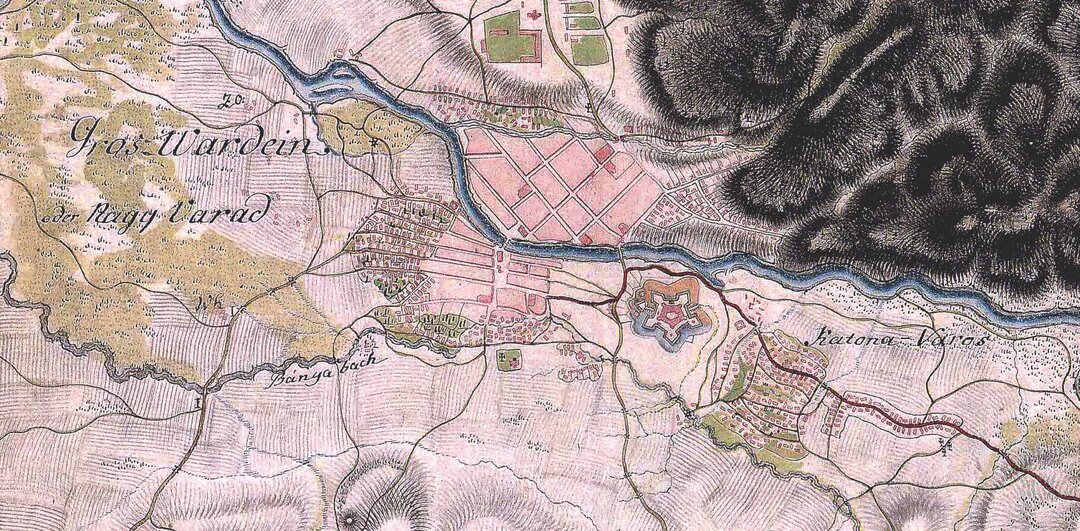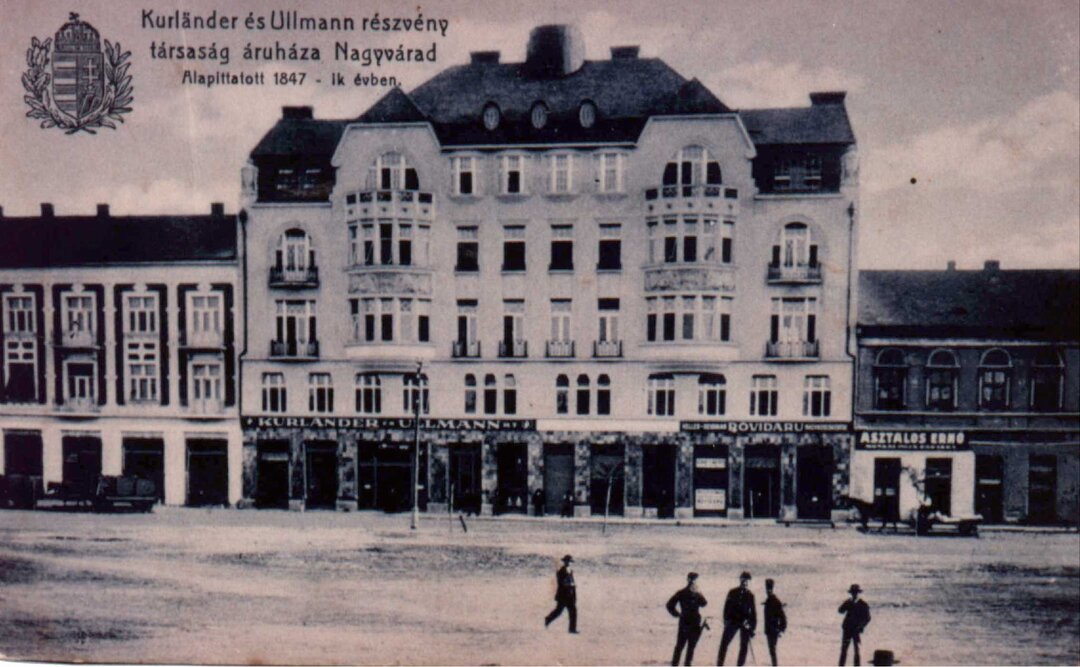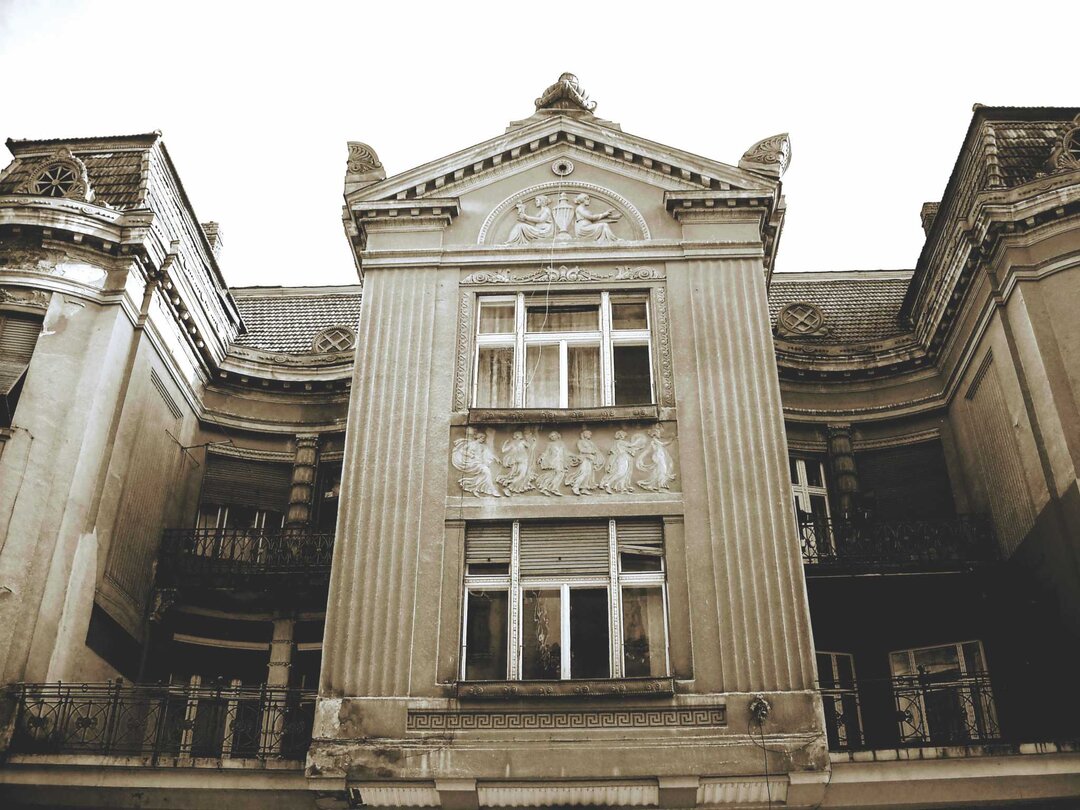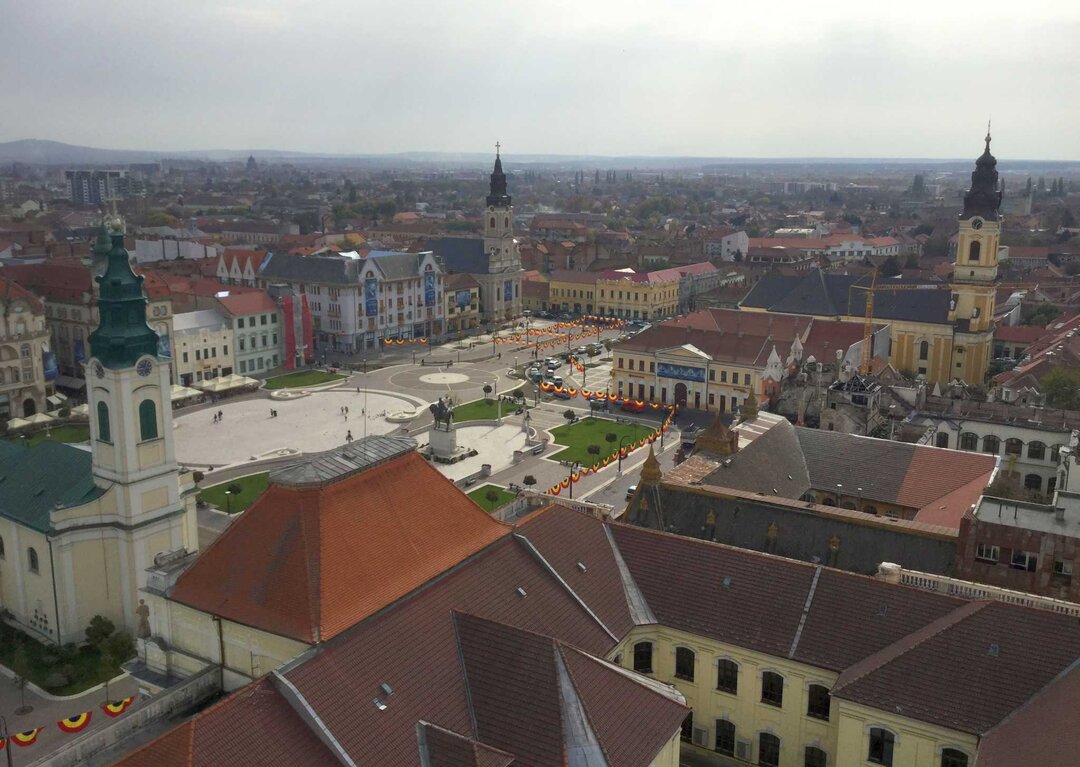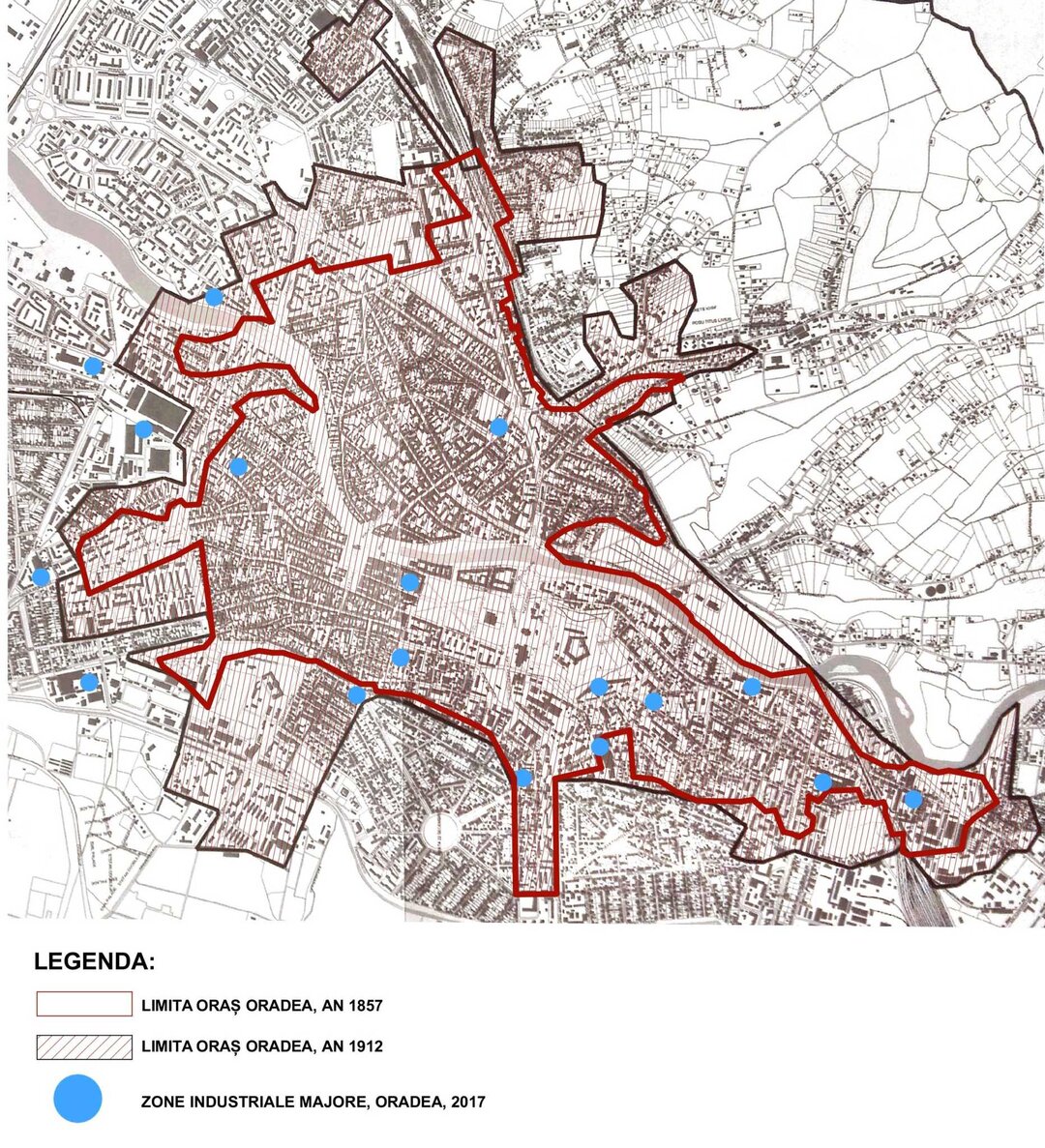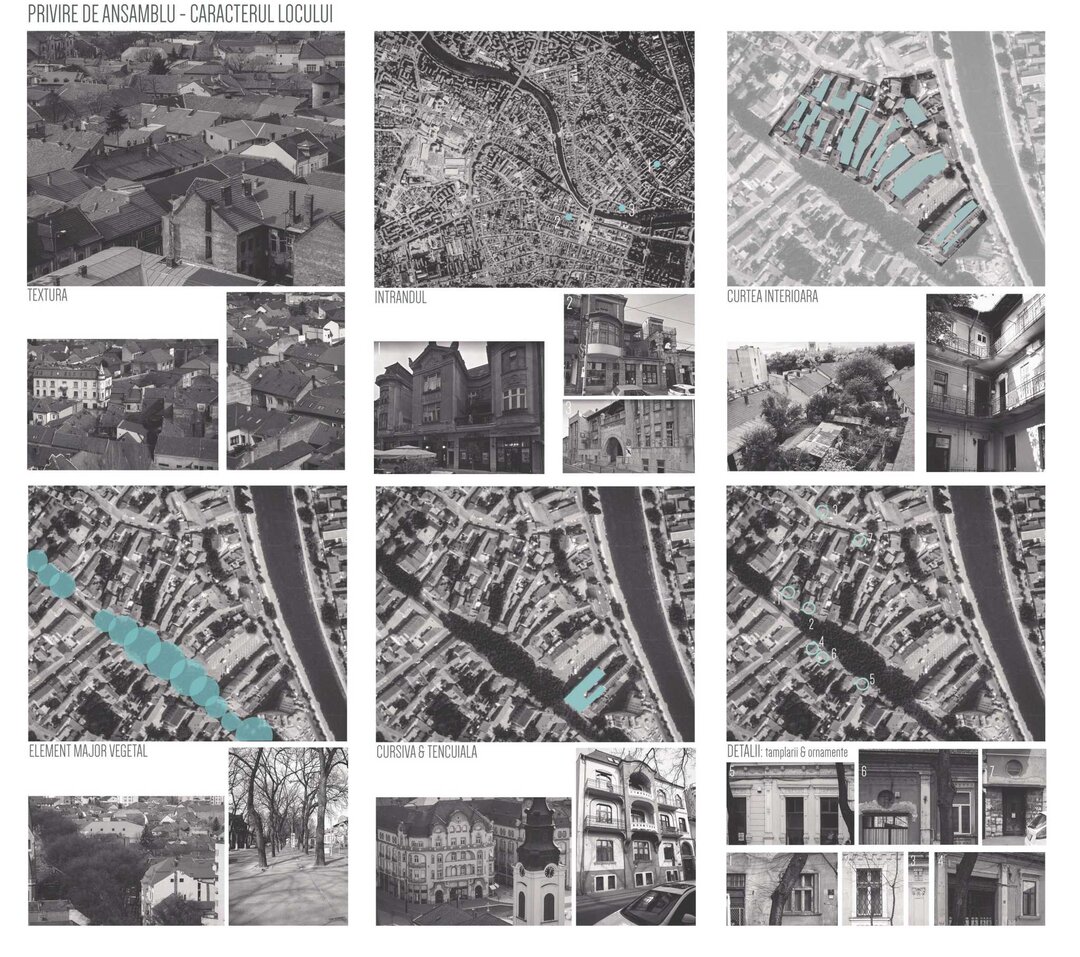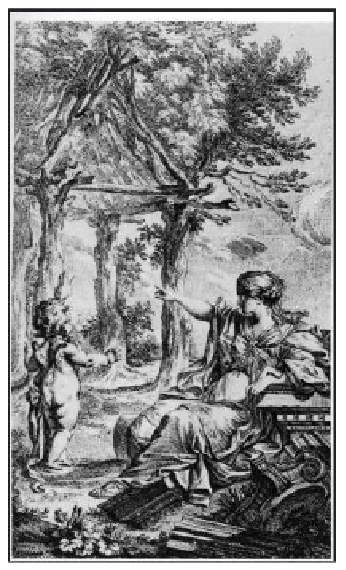
The Origins of Architecture
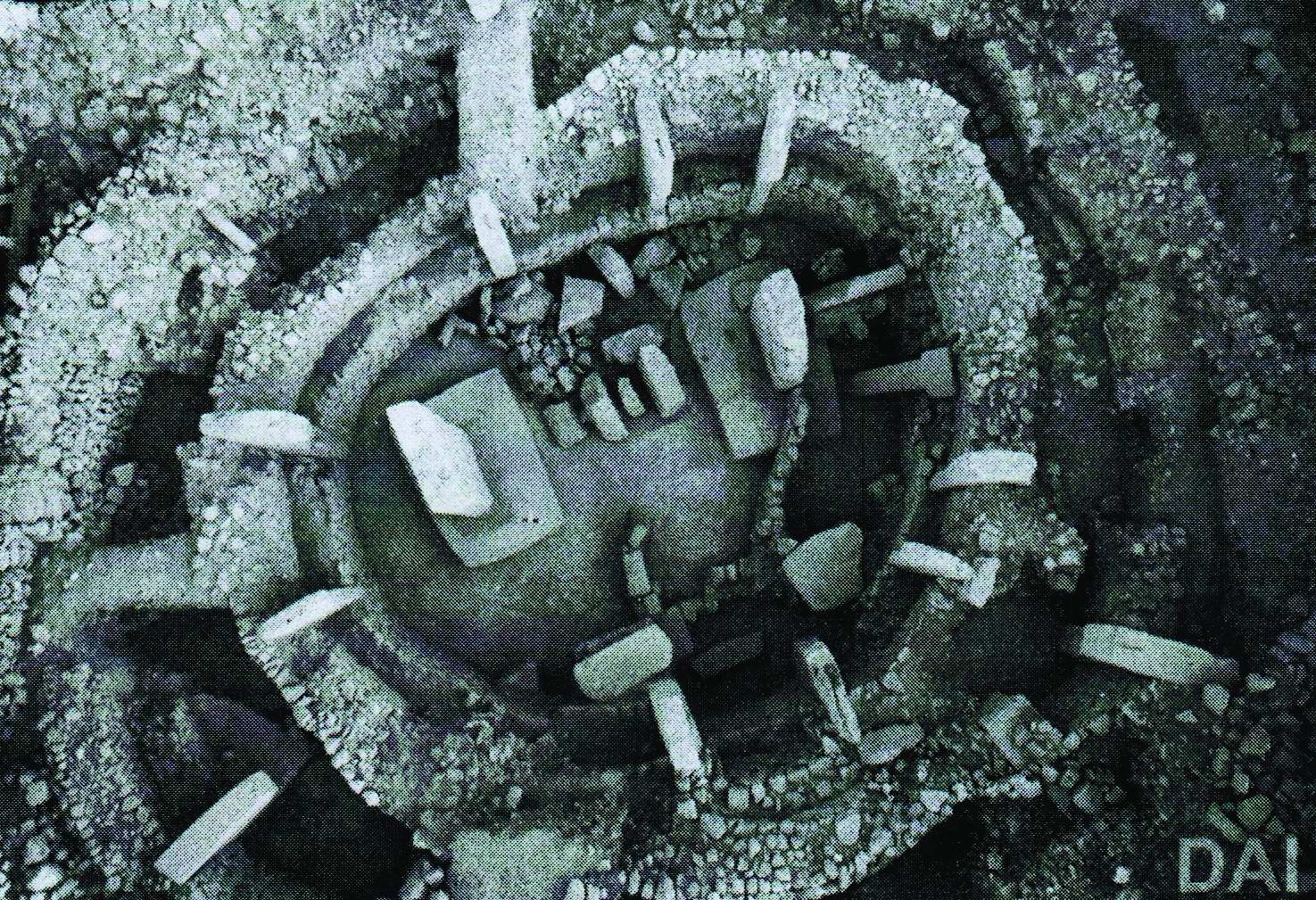
text: Nicolas Mircea LUPU
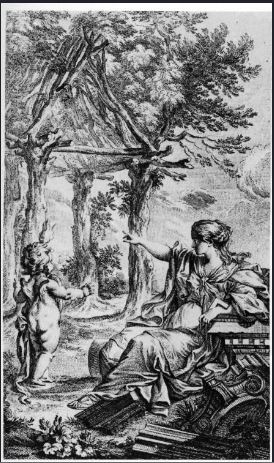
THE DOUBLE NATURE OF ARCHITECTURE
Let us consider - as many others before us did - the image accompanying this text. It is the cover of the book entitled Essai sur l’architecture, published by Abbot Marc-Antoine Laugier in 1755.
A young woman indicates, with a gracious gesture of the hand, a rudimentary hut made out of four still-rooted tree trunks and - for a roof - a structure of branches with the leaves still on them - a tribute probably paid to Rousseau’s eulogy to Nature that was beginning to gain many supporters at the time.
It is revealing its origins.
A text complements the self-telling image: “Man wants to make himself a dwelling that protects but does not bury him. Some fallen branches in the forest are the right material for his purposes... Thus, man is housed. ”1
The Vitruvian lineage, almost one thousand eight hundred years later, is overt: “... shelters made from branches... they created better types of houses as the days went by.”2
Shelter, refuge, hut.
The elegant young woman - surrounded by fragments of cornices, capitals and column tambours - is carrying a compass and a set square, the attributes of Architecture.
We are in the eighteenth century. Architecture has won a lengthy and tortuous battle to leave the little esteemed category of “mechanical arts” - “subservient” due to their manuality - in order to enter the elite of “liberal” arts.3
“Art”?
• Expertise, skill - with no relation to the “beauty” associated to the “good” - indicating the most varied human activities in Greek Antiquity.
• A favoured domain of knowledge and education (the seven “liberal arts”: grammar, dialectics, rhetoric, arithmetic, music, geometry, astronomy) in the Middle Ages.
• “Art”-free and “artist”-free masterpieces in the first Renaissance.
• The arts, in particular, “the fine arts”, acknowledged and officialised in Academies - in the French seventeenth century.
• Aesthetics - “a science of the sensible knowledge” - part of philosophy, meant to clarify the relations with the “beauty”, the role and the styles of arts - at the end of the 18th century.
• The 20th century brings along the explosion of the traditional concept of art and the possibility to extend the term to any object through the mere designation as such by a person or a group. “La fontaine” (urinal) by Marcel Duchamp - refused at the Society of Independent Artists’ Salon in New York in 1917 - becomes an art paradigm in the ‘60s.
Architecture as “the art of building edifices” found itself threatened by a similar crisis. Surprisingly, its fate was different.
The agent, which allowed it to absorb the shock was its utilitarian side, specific to its intrinsic nature.
Office, commercial and industrial buildings and also homes, later on, ended up - through a creative assimilation of the new trends - defining a tendency: “Functionalism”, which was promptly assigned the status of artistic trend.
What an unexpected twist! Not the last one, for that matter.
“Functionalism” - its seeming simplicity in approaching form, the real facilities for economy in the execution of the building, the context marked by the beginning of a cultural “mondialization” of the planet with the fashion of levelling “typologies” - allowed at the same time for the most abusive interpretations, leading to a certain vilification of the architecture profession, often unjustly associated with questionable political or real estate machineries.
However, we can say that, under the shield of its double nature, architecture is crossing the murky waters of present times quite serenely.
Moreover, Peter Sloterdijk, “… the greatest European philosopher”4 states: “The definition of the architecture of modernity ensues: it is the medium that expresses progressively the explanation of man inhabiting man-made interiors. As a consequence, architecture represents, as of the 19th century, something we could call… the realisation of philosophy”.5
Flattering.
If the two sides of architecture, “utilitarian” and “artistic”, seem to smoothly reunite nowadays, can the primacy of one or the other be of any interest?
The answer is affirmative. New elements have emerged. Their importance surpasses the historical field, ranging itself in the broad scope of anthropology.
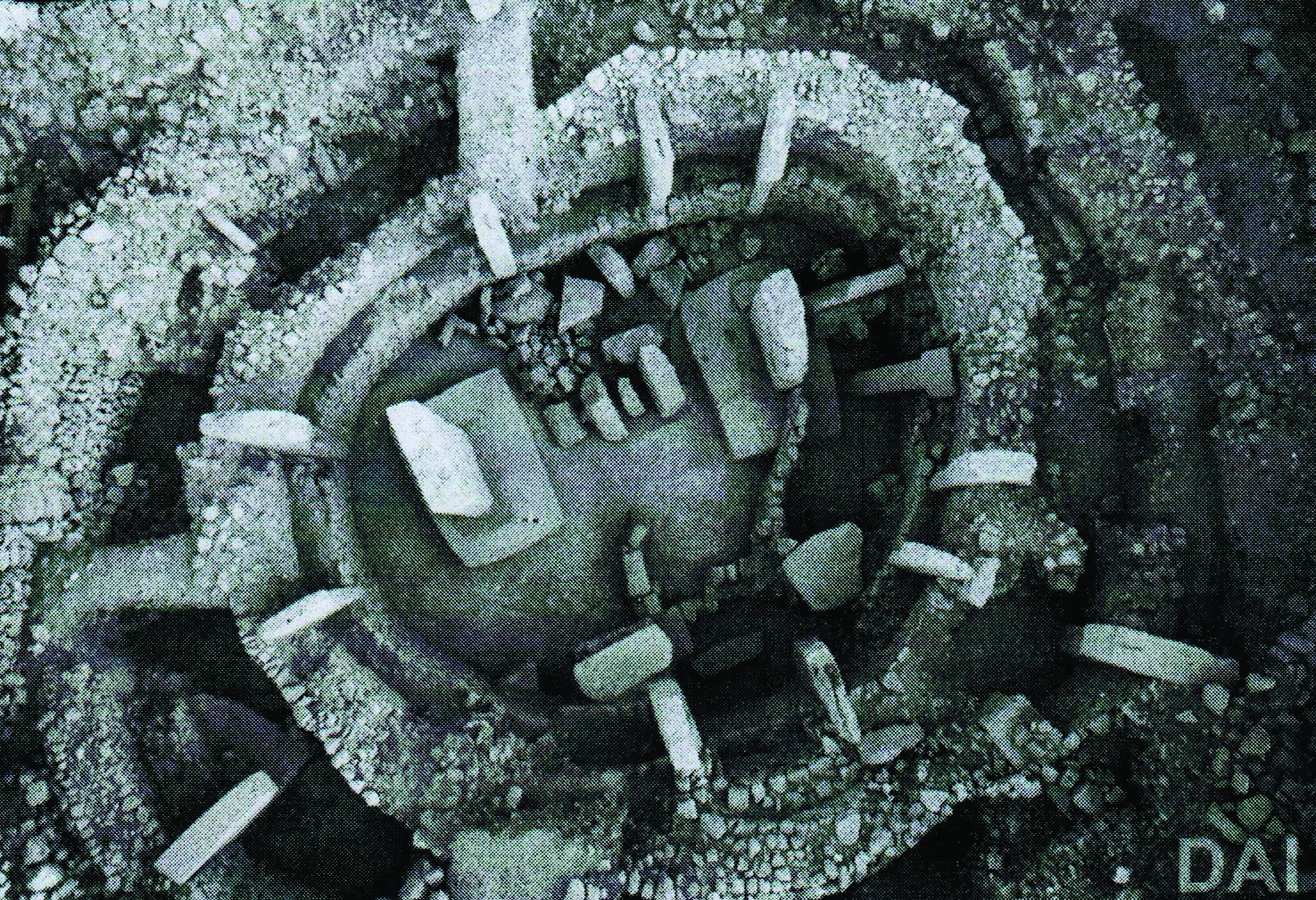
GÖBEKLI TEPE
In 2015, the book Le premier temple: Göbekli Tepe is published in Paris. The author, German archaeologist Klaus Schmidt, presents the ten excavation campaigns intermittently carried out by a German-Turkish team, starting from 1995, in south-eastern Anatolia, on Göbekli hill.
In the preface of the book, Jean Guillaine, Professor at Collège de France speaks of „... one of the most remarkable archaeological findings in the last twenty years”.6
What is it about?
At a 760-metre altitude, on a half-hectare surface were found, successively, six circular or oval precincts7, in some cases in a concentric configuration, with certain diameters exceeding 10 metres. The precincts are composed of alternating curved stone walls, interrupted by T-shaped stone monolith pillars (43 in total) - deemed anthropomorphic by archaeologists. An animalist decoration is depicted on the pillars.
The size of the intervention area, the “compositional” spirit of the complex, the exceptional building performance (the megalithic columns are more than
5-metres tall and weigh around 10 tons), the enigmatic character of the precincts’ destination generated great interest.
The big surprise was, however, the carbon dating of the complex: approximately 9500 B.C., which means around one thousand years prior to what is considered to be the beginning of agriculture, in the form of a continuous cereal culture and the formation of permanent villages in the vicinity of cultivated fields, in what is called “The Fertile Crescent” of the Middle East.
Besides this chronological overthrow, the prevailing ideological model of the time was challenged: “…a simplified historical materialism, according to which the establishment of a type of production economy represents a priori the sole fundamental change lying at the foundation of all the others and can only stem in itself from a natural determinism”.8
In other terms: the economic base generates the cultural superstructure.
Yet Göbekli lacks any traces of agricultural activity and no village, even pre-agricultural, has been discovered. It also lacks any traces of tombs.
What are then the causes and motivations leading to an action of such magnitude?
It is of use to recall that much before the 11th century B.C., humans have experienced a primordial event in their evolution: a “Cognitive Revolution”. “Legends, myths, gods and religions - they all appeared with the cognitive Revolution…The imaginary became a constituent drive of the evolution of Sapiens Man… A large number of strangers can cooperate successfully by believing in common myths”.9
The most representative expression of these new dispositions of the humans - from Spain to Siberia, for twenty-six millennia - was “cavern art” - scenes depicting animals and minoritarily schematized human beings - painted on the walls and ceilings of the caves. An art deemed ritual, sacred.10
Let us come back to the Göbekli complex.
Klaus Schmidt entitled his book The First Temple. Professor Guillaine maintains that the author had an ampler interpretation in mind: “… a «religious» centre, a kind of great ceremonial forum playing a federal role for the populations nearby”.11 As a matter of fact - returning to the origins: a “shelter” without a roof? We would be inclined to say that the absence of the “roof” can be linked not only to the boundaries of knowledge and technical means of the time, but also to the wish to keep in contact with the so well called “celestial vault”.
At any rate, we can state: it is not about a “hut”.
This “prime architecture” is a wonderful carrosse de l’imaginaire.
A freedom of spirit which reminds us of the “disinterestment” of art acclaimed by Kant.
The German archaeologist also underlines another aspect: “… a person or a group of people wished to present themselves in front of an attentive audience in order to tell who we were and what we were able to do”.12
ARCHITECTURE - ART
When talking about the projects of the new generation of Swiss architects after 1980, a woman researcher from the Federal Polytechnic School in Zurich (EPFZ) emphasises the fact that: “… one of the factors interlinking these projects was their artistic ambition”.13
Does this mean giving up on “function”?
No. On the contrary.
Carrying out new missions can generate novel, original architectural forms.
Let us remember The Chicago School or imagine the future extra-terrestrial habitat.
In fact, it is the other way around.
Do we really want – by complying with rather instigational attitudes - to renounce to one the most authentic forms of expression of what is profoundly human?
By naming it “Art” or differently, this creative action resulting in works able to elicit a particular state of mind, a mix of pleasure and the conscience of revealing a primordial aspect of our existence in the universe - is what links us the most to our human essence, especially in these times that some do not hesitate to qualify as eschatological.
It is encouraging, in this respect, to realise that, prior to other founding experiences - prior to writing, for instance - humans, in those far-distant times, have chosen architecture as art to express their dreams.
NOTES
1 P. Laugier - Essai sur l’architecture. Nouvelle Édition, À Paris chez Duchesne, libraire, rue S. Jacques, M.D.C.C., LV. p.9.
2 Vitruve - De l’architecture / De achitectura, Édition dirigée par Pierre Gros, Paris, Les Belles Lettres, 2015, p.83-85.
3 At the beginning of the 12th century, Hugues de Saint-Victor presents a classification of the “seven mechanical arts”: lanificium, armatura, navigatio, agricultura, venation, medicina, theatrica. Architecture, along with sculpture and painting, is a subdivision of armatura.
At the end of Quattrocento and the beginning of Cinquecento, many voices demanded the designation of painting as liberal art. In 1563, Academia del Disegno, bringing together painters, sculptors and architects, is founded in Florence under Vasari’s supervision.
It should not be forgotten, at the same time, that: “The term artist does not exist during Renaissance” (L’homme de la Rennaissance, sous la direction d’Eugenio Garin, Éditions du Seuil, Paris 2002, p. 255, 263). There is mention chiefly about Artiflex Polytecnes.
There was a competition for primacy among the “Arts” (in the modern sense of the term) and, contrary to the early innovatory impact of architecture and the actions of Brunelleschi, Alberti, Michelozzi on all the sections of Renaissance, there never was a genuine cry of the type: Ut architectura poesis.
In 1750, in “Discours préliminaire à l’Encyclopédie”, D’Alembert defines “the system of fine arts” (architecture, painting, sculpture), topical ever since the 20th century. He drew inspiration from previous writings, particularly from the work Les beaux arts réduits au même principe by Abbot Batteux (1746). Yet the latter places architecture in an intermediary category, between the mechanical and the liberal arts. Argument: it adds utility to pleasure. An avatar of the double nature of architecture.
4 “Le Point”, le 31 mai 2018, p. 56.
5 Peter Sloterdijk - ECUMES (Sphères III) - Maren Sell Éditeurs, Paris, 2005, p. 446.
6 Klaus Schmidt - Le premier temple. Göbekli Tepe. CNRS Éditions, Paris 2015, p. 9.
7 The Natufian Culture (12500 - 10000 BC), spread in Levant, displayed rudimentary “pre-agricultural villages”, with small-size semi-buried circular dwellings. The inhabitants were still “hunters-gatherers” and used the dwellings randomly. Jacques Cauvin - Naissance des divinités, naissance de l’agriculture. CNRS Éditions, Paris 2010, p. 35.
8 Ibidem 7, p. 17.
9 Juval Noah Harari - Sapiens. Une brève histoire de l’humanité. Éditions Albin Michel, 2015, p. 33, 37, 39.
10 Gwenn Rigal - Le temps sacré des cavernes. Éditions Corti, 2016, p. 15, 67, 149.
11 Ibidem 6, p. 13.
12 Ibidem 6, p. 210.
13 Anna Roos - Sensibilité suisse. La culture de l’architecture en Suisse. Birkhäuser Verlag Gmbh, Bâle, 2017. Section: Irina Davidovici - “Une banalité cultivée, les modèles culturels dans l’architecture suisse actuelle”, p. 185.

